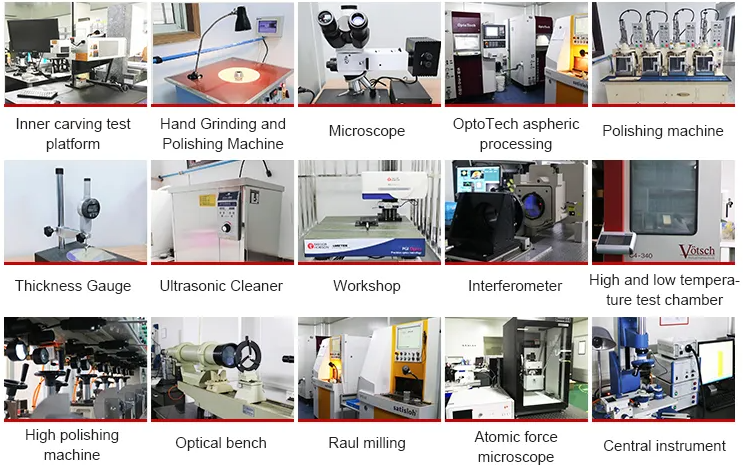Views: 0 Author: Site Editor Publish Time: 2023-08-14 Origin: Site








Applications of Long Wave Infrared (LWIR) Imaging
Long Wave infrared (LWIR) imaging plays a vital role in defense and security because it can be used to detect any object, regardless of ambient lighting.
Long-wave infrared (LWIR) with long-wave infrared imaging technology can capture light in the 8-14 μm spectral band. This is in sharp contrast to short-wave infrared cameras that operate in the 0.9-1.7 μm spectral band and medium-wave infrared cameras that operate in the 3-5 μm spectral band.
Typically, long-wave infrared cameras use bolometers or microbolometers as image sensors. They are usually made of amorphous silicon (a-Si) or vanadium oxide (VOx) and are not cooled.
Long wave infrared cameras detect light in the infrared spectrum that is invisible to the naked eye. The resulting applications are varied. Some of the most common include:
(1) Thermal imaging
(2) Temperature control
(3) Predictive maintenance
(4) Gas leak detection
(5) Wide dynamic range environment
(6) Imaging through the smoke
For applications such as gas leak detection or smoke imaging, long-wave infrared cameras allow us to see potentially hazardous environments where we would otherwise not be able to detect anything.
Whether it is through direct observation of heat distribution, indirect observation of heat change, or absolute temperature measurement, long wave infrared thermal imagers will play an important role in future automated inspection.
